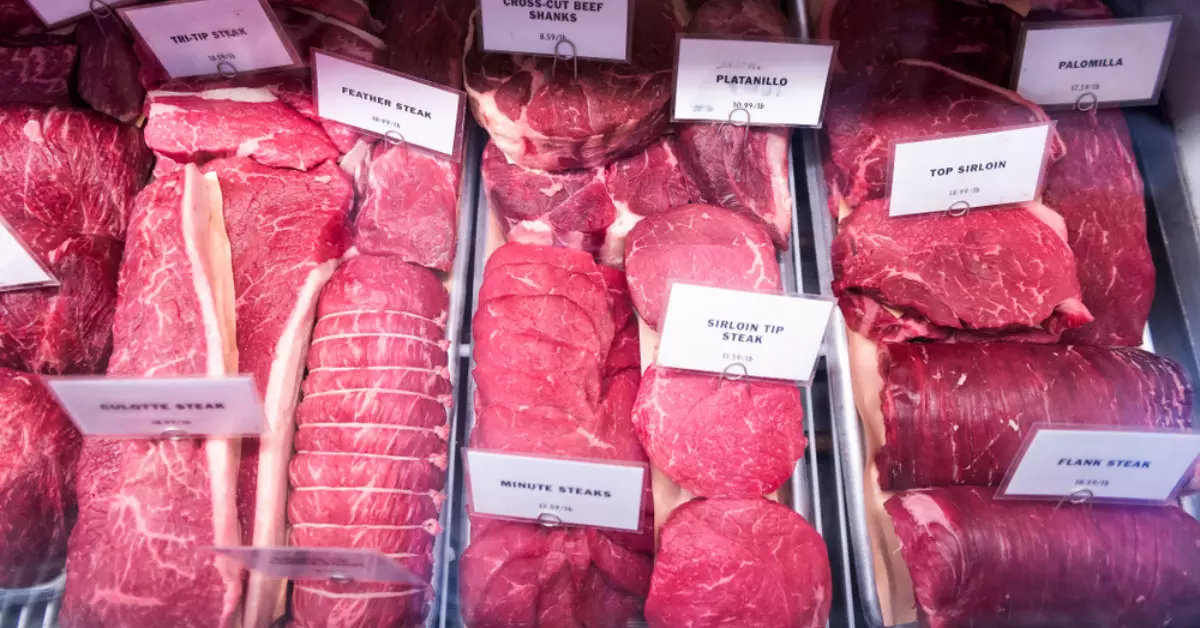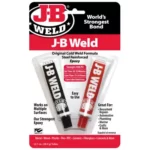Meat curing is an ancient technique, reaching back to times when refrigeration was a dream beyond human comprehension. It’s a way of preserving food, enhancing its flavor, and making it safe to consume. In a world increasingly inclined towards artisanal and homemade foods, it’s no surprise that the interest in this time-honored method is rekindled.
Morton Tender Quick, a favorite among those who cure meats at home, is a popular choice of curing agent. Its composition, a blend of salt, sugar, and a mix of curing agents, ensures it does the job efficiently. The right amount of Morton Tender Quick per pound of meat is crucial for perfect curing.
While curing meat at home is a rewarding process, it is essential to use the curing agent correctly. An overdose can lead to over-cured meat with an overly salty taste, while too little can result in insufficiently cured meat, leading to safety concerns.
Deep Dive into Morton Tender Quick
What is Morton Tender Quick?
Morton Tender Quick is a fast-cure mix formulated for curing meat, poultry, game, and fish. Its perfect blend of high-quality salt, sugar, and curing agents (0.5% sodium nitrate and 0.5% sodium nitrite) makes it a one-stop solution for home-based meat curing enthusiasts.
Composition and Functionality of Morton Tender Quick
The unique composition of Morton Tender Quick allows it to simultaneously perform multiple functions. Salt, the main ingredient, acts as a preservative by inhibiting bacterial growth. The sugar adds a touch of sweetness, counteracting the harshness of the salt. Finally, the curing agents react with the meat to form nitrite, which gives cured meat its characteristic pink color and distinct flavor.
Pros and Cons of Using Morton Tender Quick
Like any product, Morton Tender Quick has its share of advantages and disadvantages. On the positive side, it’s easy to use, widely available, and versatile. However, its high salt content can sometimes lead to overly salty results if not used carefully.
Step-by-step Guide to Using Morton Tender Quick
Before diving into the usage guide, ensure that you have all necessary tools at hand – a non-reactive container, weighing scale, and clean hands. Remember, safety comes first. Avoid skin contact with curing agents as much as possible, and always wash your hands thoroughly after handling.
General Guidelines
- Measure the right quantity of Morton Tender Quick according to the meat’s weight. The recommended ratio is 1 tablespoon of Morton Tender Quick per pound of meat.
- Rub the mixture evenly over the entire surface of the meat.
- Place the meat in a non-reactive container and store it in the refrigerator.
Importance of Accurate Measurement
The right dose of Morton Tender Quick is critical to successful meat curing. Too little and your meat might not cure properly, leading to potential health risks. Too much, and you may end up with a product that’s inedibly salty. Use a digital scale for accurate measurement.
Adjusting Quantity for Different Types of Meat
Different meats have varying densities, which might require adjustments in the quantity of Morton Tender Quick. For instance, you might need slightly less for poultry compared to beef due to the difference in their structures.
Tips and Tricks for Optimum Results with Morton Tender Quick
Best Practices for Curing Meat
Curing meat is a careful process and getting it right requires precision. Always measure your curing agent, ensure the meat is evenly coated, and store it at the right temperature (usually below 40°F) to ensure proper curing.
Do’s and Don’ts When Using Morton Tender Quick
Always follow the instructions on the package. Remember, Morton Tender Quick is not a seasoning salt or table salt and should not be used as such.
Handling and Storing Cured Meats
After curing, rinse off the excess curing agent from the meat and pat it dry. Cured meats can be stored in the refrigerator for a few weeks or frozen for longer storage.
Troubleshooting Common Issues
Identifying and Resolving Under-Curing
Under-curing is when the meat has not been cured thoroughly. This could be due to insufficient curing agent or inadequate curing time. The meat may appear grayish instead of the typical pink. To resolve this, ensure you’re using the correct quantity of Morton Tender Quick and allowing enough time for the curing process.
Dealing with Over-Curing
Over-curing occurs when too much curing agent has been used. The meat might taste extremely salty. In such cases, you could try soaking the meat in water to remove some of the excess salt, but prevention is always better than cure.
Experimenting with Flavors and Recipes
Popular Meat Recipes Using Morton Tender Quick
Morton Tender Quick lends itself well to various recipes, like homemade beef jerky or corned beef. Add your personal touch with spices and herbs that pair well with the meat.
Tips for Personalizing Flavors
While the base flavor comes from Morton Tender Quick, you can experiment with different herbs and spices to customize your cured meats. For instance, adding a touch of smoked paprika can give your cured meat a hint of smokiness.
Frequently Asked Questions
Can I substitute Morton Tender Quick with regular salt?
No, regular salt does not contain the necessary curing agents found in Morton Tender Quick. Using regular salt will not yield the same results.
Can I use Morton Tender Quick for all types of meat?
Yes, Morton Tender Quick is versatile and can be used for curing a variety of meats – from beef to poultry to fish.
How long should I cure meat with Morton Tender Quick?
The curing time varies depending on the type and size of the meat. However, a general rule is to allow the meat to cure for a full 24 hours for each inch of thickness.
Conclusion
Embarking on the journey of curing your meat at home is a fascinating one, with Morton Tender Quick being an invaluable companion. With its ease of use and reliable results, it’s no wonder that it’s a favorite among home curers.
Remember, the key lies in careful measurement. An accurately measured amount of Morton Tender Quick per pound of meat is the secret to perfectly cured, flavorful, and safe-to-eat meat.
Explore, experiment, and enjoy the world of home curing. Whether you’re curing for the first time or the hundredth, may each cured piece of meat bring you satisfaction and culinary delight.







